Hong Kong Food Dishes: Basic Overview
Common Ingredients
Common Cooking Methods
Courses
Meals
Key Taste
Eating Etiquette
Meal Presentation
Culinary Festivals
Influence and Fusion
Popular Types of Hong Kong Dishes
-
Dumplings
Hong Kong dumplings are delicate, bite-sized treats, usually made with a thin, translucent dough and filled with a variety of ingredients like shrimp, pork, or vegetables.
Commonly prepared through steaming, these dumplings are a staple in dim sum culture.
-
Grilled & Barbecued Dishes
This category includes a range of meats such as pork (Char Siu), goose, and chicken.
These ingredients are skillfully barbecued or roasted to achieve a perfect balance of smoky flavor and tender texture.
-
Fried Dishes
Hong Kong’s fried dishes are known for their crispy exterior and succulent interior.
These dishes often feature a blend of sweet, savory, and sometimes spicy flavors, making them popular in both street food and restaurant settings.
-
Noodle Soups
Noodle soups in Hong Kong are characterized by their rich, aromatic broths and a variety of noodles, from thin to thick.
These soups are often accompanied by meats like beef or seafood, offering a hearty and comforting meal.
-
Soups
Traditional Hong Kong soups are known for their depth of flavor and health benefits.
Often slow-cooked, these soups can include a variety of ingredients, from seafood to exotic meats, and are believed to offer medicinal properties.
-
Desserts
Hong Kong desserts are a delightful end to any meal. These desserts range from baked goods with a flaky crust to sweet, pudding-like treats.
They often feature a blend of local and colonial influences in their flavors and textures.
Hong Kong dishes draw influences from Cantonese, European cuisines (particularly British), non-Cantonese Chinese cuisines (such as Hakka, Teochew, Hokkien, and Shanghainese), and other cuisines like Korea, Japan, and Southeast Asia.
Famous Hong Kong dishes are delicacies from Hong Kong City that have gained immense popularity not only within the region but also in other countries, showcasing their diverse influence and global appeal.
The fusion flavors of Hong Kong dishes are due to its history as an international port and former British colony. That’s why Hong Kong has earned the titles of “World’s Fair of Food” and “Gourmet Paradise.”
Each renowned Hong Kong dish is described with details regarding its origin, ingredients, cooking preparation, flavors, and even what to serve with them. They range from main dishes to beverages in Hong Kong.
There are other insights about traditional food in Hong Kong, its popularity in the world, and the healthy aspects of these foods. After that, I also provide an overview of Hong Kong dishes and street food culture. Read on!
22 Popular Hong Kong Dishes with Filters
Join me to dive into the numerous delights of Hong Kong! Here, you can use the filter options of ingredients, taste, cooking styles, dish types, etc., for a quicker selection.
Also, let’s enrich your knowledge with general points about five notable categories of these dishes, such as most popular, traditional, national, street food, exotic, and fusion delicacies.
These delicacies showcase diverse flavors, textures, and techniques from Cantonese, other Chinese regional cuisines, and international culinary traditions.
They appeal to adventurous eaters by using unusual ingredients and innovative cooking methods. Stinky tofu is a good example.
Fusion delicacies in Hong Kong represent the modern evolution of its food culture, where traditional Cantonese foundations meet global influences, where East meets West in the kitchen.
Dim Sum
- National
- Street Food
- Traditional
Dim sum is very popular in Hong Kong, featuring many Cantonese small-portion dishes accompanying tea. In restaurants, locals traditionally consume dim sum as brunch (called yum cha).
The tradition of dim sum has its roots in the 10th century in the city of Canton (Guangzhou). During the latter half of the 19th century in Guangzhou, the culture of Cantonese dim sum experienced rapid development. Dim sum is also consumed in other Chinese cuisines.
Most modern dim sum dishes are associated with Cantonese cuisine, which is predominant in Hong Kong.
Over one thousand dim sum varieties regarding ingredients (like shiitake mushroom, Chinese sausage, dried shrimp/scallops, jujube, lotus seeds, and preserved eggs), cooking styles (stir-frying, steaming, roasting, deep-frying), and flavors (sweet, sour, or spicy) exist.
Some common dishes are cha siu bao (steamed bun with barbecue pork filling), shumai (steamed dumplings with pork and prawns), lo mai gai (glutinous rice with chicken), har gow (shrimp dumpling), tofu skin roll, steamed meatball, and spring rolls.
Siu Mei
- Street Food
- Traditional
Siu mei is a range of meats roasted on spits or in large rotisserie ovens, producing a barbecue flavor. This culinary tradition is deeply rooted in Cantonese cuisine, making it a staple in Hong Kong and Macau.
The meats are typically coated with flavorful sauces before roasting. Among the various Siu Mei dishes, char siu (Cantonese-style barbecued pork) is the most favored, followed by siu yuk (roasted pork or pork belly) and roast goose.
Siu mei is versatile; you can enjoy it with rice, noodles, or as a main dish.
Char Siu
- Street Food
- Traditional
Char siu is a renowned Cantonese-style barbecued pork dish that originated in Guangdong. Char siu is often paired with rice, noodle dishes, stir-fries, or as a filling for buns like cha siu bao or pineapple buns.
Char siu uses several ingredients, such as five-spice powder, red yeast rice, dark soy sauce, hoisin sauce, honey, and sometimes sherry or rice wine. The Cantonese-style barbecued pork also has a red hue, which comes from the red yeast rice.
The term “char siu” translates to “fork roasted”, which describes the traditional cooking method where seasoned boneless pork strips are skewered with long forks and roasted. Plus, char siu is categorized under siu mei.
In Hong Kong, char siu is typically not prepared at home due to the specialized equipment required. Instead, it’s often purchased from siu mei establishments specializing in various meat dishes.
These establishments often display their offerings, including char siu, by hanging them in the window, a common sight in Hong Kong.
Siu Yuk
- Street Food
- Traditional
Siu yuk is a type of Cantonese roasted meat dish that is also well-loved in Hong Kong’s culinary scene. Siu yuk features an entire roasted pig with specific seasonings, such as salt and vinegar, in a charcoal furnace at high temperatures.
The final result of siu yuk is crispy skin and juicy, tender meat. While siu yuk can be served as individual pieces, it’s also known as “roasted pig” when the entire pig is presented.
The cooking style of siu yuk in Hong Kong is very similar to that in southern parts of mainland China. Siu Yuk is often garnished with pineapple slices and glacé cherries to make the dish more appealing.
Roast Goose
- Traditional
Roast goose is a traditional Hong Kong specialty involving cooking goose meat using dry heat. Besides crispy skin with tender, juicy meat, you should dip it into a plum sauce to fully enjoy roast goose.
If you have a chance, you should try charcoal-roasted goose at high temperatures instead of the oven since the oven cannot bring you smokey and aromatic flavors.
Sweet And Sour Pork
- Traditional
Sweet and sour pork is one of the most famous Hong Kong dishes, beloved by locals and visitors alike. Its widespread popularity has even earned it a place on Chinese takeout menus across the globe.
It originates from Canton and has gradually become popular in China with its balance of sweet and sour taste.
The first version of this food is Jiangsu, translated loosely as pork in sugar and vinegar sauce, which was created by the Long family in the 18th century. However, the latter version is updated with some foreign components: pineapple, bell peppers, and more.
The original recipe used pork loin and fried it to have a crunchy texture, yet the Hong Kongers use spare ribs instead.
Pineapple Bun
- National
- Street Food
- Traditional
Pineapple bun, also known as bolo bao, is a sweet bun that originated in Hong Kong. Contrary to its name, the pineapple nun doesn’t contain any pineapple. Instead, the name is derived from the bun’s topping, which looks like a pineapple.
The pineapple bun’s topping is made from dough. Plus, the bun has a soft and fluffy texture on the inside. The locals usually enjoy it for breakfast and afternoon snacks. The best drink to pair with a pineapple bun is milk tea.
In 2014, Hong Kong acknowledged the pineapple bun as an element of the city’s intangible cultural heritage. Thanks to Tai Tung Bakery, with a history of over 70 years in producing pineapple buns, it played an essential role in gaining this recognition.
Egg Tart
- Fusion
- Traditional
Egg tart is a well-known food in Hong Kong. Egg tart contains an outer pastry crust filled with creamy egg custard. Locals commonly eat egg tart in dim sum restaurants, cha chaan tengs (Hong Kong-style cafes), or Chinese-style bakeries.
The hometown of egg tart is Guangdong, and its recipe is based on the English custard tart. The first time egg tart appeared in Hong Kong was in the 1940s, thanks to the Guangzhou people. The Hong Kong version has a smaller size and is served in 2-3 tarts.
In 2014, the technique for crafting egg tarts received official acknowledgment from the Intangible Cultural Heritage Inventory of Hong Kong.
Egg Waffles
- Street Food
Egg waffles (Cantonese name is gai daan jai) are a beloved street snack hailing from the bustling streets of Hong Kong and Macau. Egg waffles are also known as egg puffs or bubble waffles in English.
These golden, crispy-on-the-outside, and soft-on-the-inside waffles boast a unique texture thanks to their charming bubble-like pattern created by a special mold.
Hong Kong egg waffles can be enjoyed plain, hot off the griddle, or adorned with a variety of toppings like fresh fruit, chocolate, or coconut shavings.
With 20 to 35 little round “balls” in one piece, they’re perfect for on-the-go snacking or sharing with friends.
Wonton Noodles
- Street Food
- Traditional
Wonton noodles is a noodle dish of Cantonese origin, popular in Hong Kong and Southern China. Wonton noodles in Hong Kong normally consist of egg noodles and wonton dumplings served in a hot broth and leafy vegetables (like kai-lan – Chinese broccoli).
In fact, Hong Kong-style wontons are predominantly prawn, sometimes with small amounts of minced pork.
There are variations of wonton noodles in Hong Kong, with some serving the soup and wontons separately or having the noodles served dry with a sauce. You can enjoy wonton noodles in many places, from street vendors to upscale restaurants.
Cheung Fun
- Street Food
- Traditional
Cheung fun (rice noodle roll) is a famous Hong Kong food originating from Guangdong. Cheung fun features a thin roll made from a wide strip of rice noodles filled with ingredients like shrimp, beef, or vegetables.
The rice noodle sheets have a transparent and jelly-like texture because they are made from a mixture of rice flour and other ingredients. In Hong Kong, cheung fun is commonly served as a snack, a small meal, or as a dim sum dish.
Before serving, don’t forget to drizzle warm, sweetened soy sauce over the rolls to level up the overall flavor.
Cart Noodles
- Street Food
Cart noodles have become a cultural icon on Hong Kong streets after the habitants moved to mainland China in the 1950s. Not only Hong Kong but the Macau people also love this food.
Cart noodles allow diners to choose their ingredients. This includes the type of noodles, soup broths, and various toppings. The soup of cart noodles is often flavored with curry.
Nowadays, you can always find suitable cart noodles from low-price to high-end restaurants.
Fishball
- Street Food
- Traditional
Fishball is an iconic Hong Kong street food, but you can buy it from small vendors or hawkers. Typically, fishballs are presented on wooden skewers in pairs.
You can find 3 kinds of fishballs, such as yellow, golden, and white. Hong Kong fishballs are firmer, darker, and have a more pronounced fishy taste. Chefs fry fish balls until they have an eye-catching color, and you can eat them alone or dip them into the curry sauce.
Cheung Chau fishball is a popular street snack found in Cheung Chau, Hong Kong, and is considered a specialty of the island.
Seafood Bird Nest
- Exotic
- Traditional
Seafood bird nest is a well-liked Hong Kong dish featuring an edible nest made from fried taro or noodles. Thus, the nest’s texture is usually crispy and tough.
The nest holds various seafood ingredients (like scallops, peapods, boneless fish fillets, and shrimp) with other components, such as celery sticks, straw mushrooms, or carrots.
In fact, the seafood bird nest originated in China and has become famous in Hong Kong for a long time. Today, a seafood bird nest is often classified as a mid to high-end dish in Hong Kong.
Ngau Lam Mein
- Traditional
Ngau lam mein (aka beef brisket noodles) is famous in Hong Kong. As its name implies, the main components are braised beef, noodles, beef broth, and vegetables.
Beef brisket noodles stand out thanks to its signature blend of spices, including cinnamon, star anise, and cardamom seeds.
It was created by the Hui Muslims living in Lanzhou during the Tang Dynasty, and the oldest dish is Lanzhou beef noodle soup.
Put Chai Ko
- Street Food
- Traditional
Put Chai Ko (or port cake) is a popular snack in Hong Kong. The pork cake is palm-sized with a sweet flavor. Despite Put chai ko’s soft texture, it can maintain its molded shape outside of its container.
The port cake’s ingredients are long-grain rice flour, white or brown sugar, and sometimes a bit amount of cornstarch or wheat starch. Some variations also include red beans.
You can enjoy Put chai ko as a dessert, too! It is best to be served at room temperature. Locals traditionally serve the pork cake in a porcelain bowl or an aluminum cup.
Mango Pomelo Sago
- Traditional
Mango pomelo sago is a famous dessert and street snack in Hong Kong cuisine. Mango pomelo sago calls for fresh mango, sago, and milk, making it a favorite food for those with a sweet tooth on hot summer days.
Mango pomelo sago was first created by Hong Kong’s Lei Garden in 1984. The brand’s chef, Mr. Wong Wing-Chee, tried to make dessert with Singaporean-inspired fruits to serve in their Singaporean branch.
He succeeded, and Mango Pomelo Sago is now famous in its hometown, Singapore, and other Asian countries.
Crispy Fried Chicken
- Fusion
- Street Food
Crispy fried chicken is a staple dish in Cantonese cuisine, especially in Hong Kong. The chicken is deep-fried to achieve an extremely crunchy skin, while the white meat remains relatively soft.
The chicken is also flavorful as it is first poached in water with spices, such as star anise, cinnamon, nutmeg, fennel, Sichuan pepper, ginger, and scallions. After poaching, people dry and coat the chicken with a syrup of vinegar and sugar, further dried to enhance the skin’s crispiness, and then deep-fried.
For serving, crispy fried chicken comes with two sides, such as prawn crackers and pepper salt. The pepper salt, which has a dark white to gray color, is made from salt and Sichuan pepper.
Imitation Shark Fin Soup
- Exotic
- Traditional
Imitation shark’s fin soup is a beloved noodle soup in Hong Kong that you can find as a street snack.
The soup is a cleverly crafted dish that swaps real shark fin for vermicelli or cellophane noodles, creating an affordable and more ethical substitute. Imitation shark’s fin soup also consists of konjac gel and noodle forms.
Besides street vendors, you can buy the soup in fast-food or high-end Chinese restaurants in Hong Kong.
Snake Soup
- Exotic
- Traditional
Snake soup is a popular Cantonese delicacy in Hong Kong, often consumed for its perceived health benefits.
The soup primarily contains 2 to 5 kinds of snake meat. It has a slightly sweet taste due to the addition of chrysanthemum leaves and spices.
In Hong Kong, snake soup is typically served in specialized stores called “Shea Wang” or “Snake King”, primarily located in areas like the Shum Shui Po area of Kowloon.
Some other eateries serve up snake soup alongside other hearty Cantonese winter dishes like clay pot rice and sticky rice, adorned with exotic toppings like frog legs and eel.
Stinky Tofu
- Exotic
- Street Food
- Traditional
Stinky tofu is a Chinese form of fermented tofu known for its strong odor. And you can easily find it as a street food in Hong Kong. The tofu is typically deep-fried at hawker stalls and dai pai dongs (Hong Kong open-air food stalls), then sold by the bag.
To create the unique odor, traditional chefs marinate it in vegetables and meat brine for several months, while modern cooks reduce it to 1-2 days. The smell of stinky tofu is often likened to rotten garbage or smelly feet. However, many believe that the stronger the smell, the better its flavor.
In Hong Kong, stinky tofu is traditionally served crispy and golden brown, with a generous dollop of hoisin sauce to balance out the dish’s bold flavor.
Hong Kong-style French Toast
- Fusion
- Street Food
Hong Kong-style French toast is an inspired version of Western French toast. Hong Kong French toast often includes peanut butter or jam filling between 2 slices of sandwiches, which is unlike the traditional version.
When you enter teahouses or cha chaan tengs in the city, this is one of the most common dishes you can see.
You can order some butter, honey, or golden syrup when enjoying this dish to add more sweetness. If you love savory versions, you can order toast with ham, meat floss, or beef satay filings.
What Is Hong Kong’s Food Culture Famous For?
Hong Kong’s food culture is famed for its blend of Cantonese-based dishes and European cuisine (especially British).
Other Chinese cuisines like Hakka, Teochew, Hokkien, and Shanghainese have also influenced Hong Kong cuisine. There are also traces of Japanese, Korean, and Southeast Asian flavors.
With one of the world’s highest densities of restaurants, Hong Kong has many dining options for different tastes and budgets. The city’s food culture has evolved over the years, with modern Hong Kong integrating various international gourmet techniques and ingredients.
Beverages like Hong Kong-style milk tea and yuenyeung (a mix of coffee and tea) are iconic drinks that showcase the city’s East-meets-West culture. Plus, Hong Kong culinary delights also raise curiosity about the broader eating habits of the region.
What Is Eating Habit In Hong Kong Cuisine?
Restaurants’ servings in Hong Kong are smaller than in Western nations (like the US and Canada), with main courses often paired with rice or noodles. Plus, locals typically eat five times a day.
Is Hong Kong-style Western Cuisine Popular?
Yes, Hong Kong-style Western cuisine, represented by cha chaan tengs or tea restaurants, is popular in Hong Kong and has also gained prominence in Chinese communities in Western countries.
The fusion of cuisines naturally makes one wonder about the beverages and tea culture are another aspect to discover.
How About The Beverage and Tea Drinking Culture in Hong Kong?
Hong Kong-style drinks like milk tea and Yuenyeung (a mix of coffee and tea) are iconic choices. Additionally, Chinese tea holds a special place in Hong Kong’s heritage, and historically, tea houses were popular spots for midday breaks.
The city has also embraced beverages from Taiwan’s tea culture, such as bubble tea and honey green tea. Other notable cities’ beverages are red bean ice, soy milk, sugarcane juice, and lemon tea. Some of these drinks are available as street foods in Hong Kong city.
How Does Hong Kong Street Food Dish Define Its Cuisine?
Hong Kong street food dishes are a significant part of the city’s culinary landscape, with diverse dishes that are both affordable and delicious.
Street food stalls, commonly known as ‘dai pai dongs’, can be found throughout the city, especially in bustling areas like Mong Kok and Causeway Bay.
While traditional street food remains popular, there’s also a trend towards modern, fusion, and gourmet versions of street food. This evolution reflects Hong Kong’s position as a global city where traditions meet modernity.
Hong Kong dishes have countless specialties to savor, but the above recommendations are particularly popular among locals and also tourists. Give them a try, and share your thoughts in the comments.
Remember to spread culinary love to friends and family. If you enjoyed this post, please like it to encourage more content. Thank you for your support!




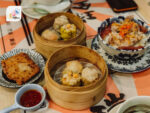
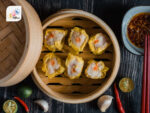

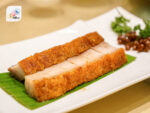
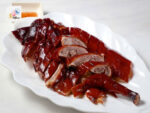
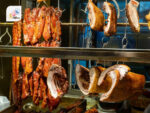
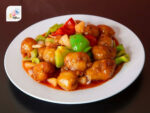
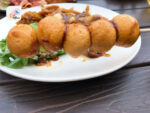

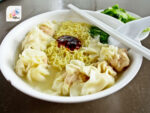
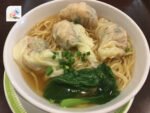
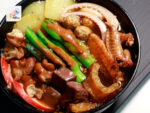
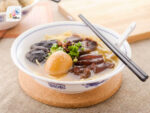
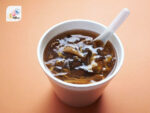
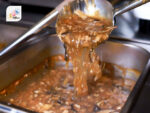
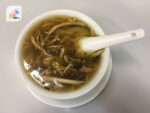

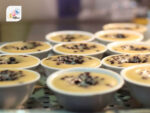
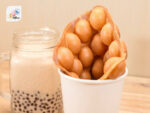

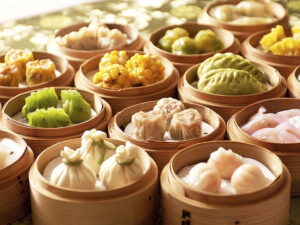
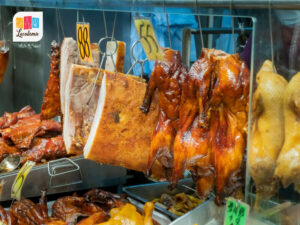
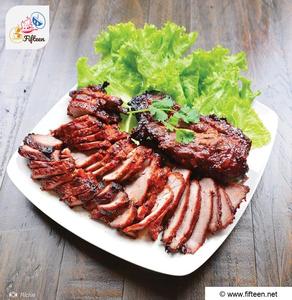
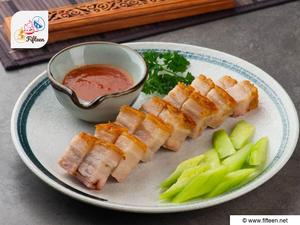
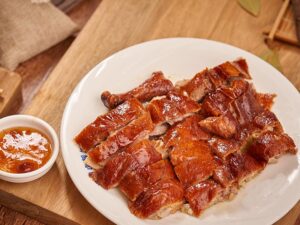
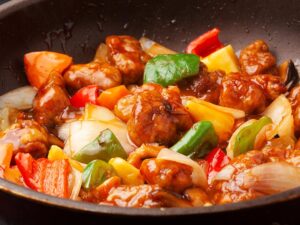
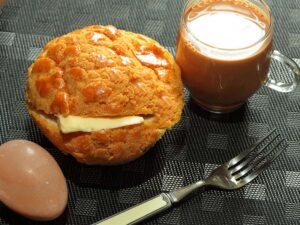
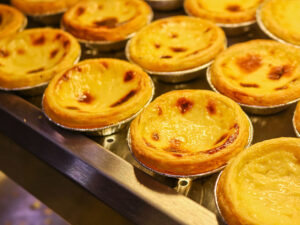
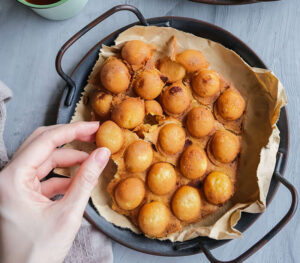
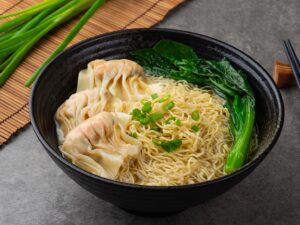
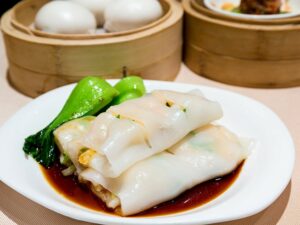
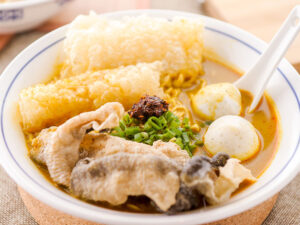
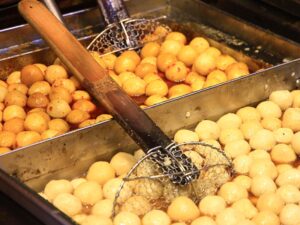
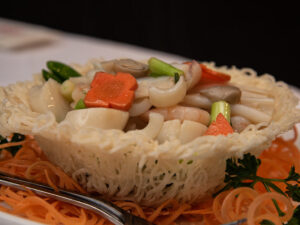
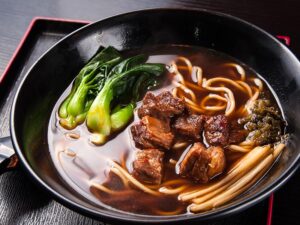
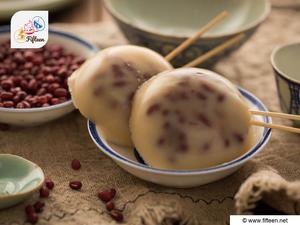
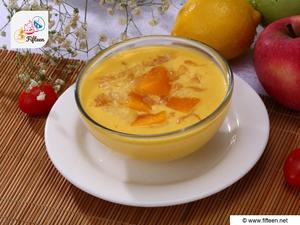
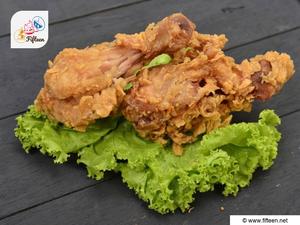
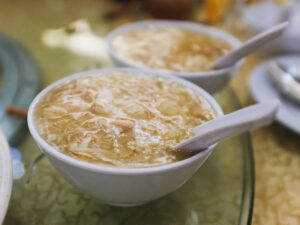
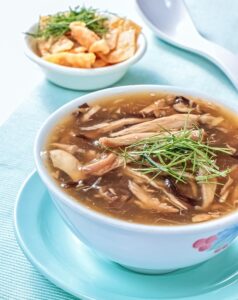
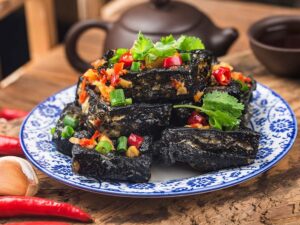
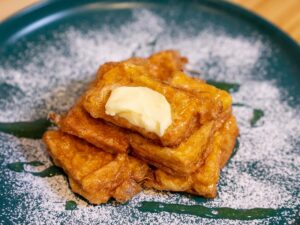
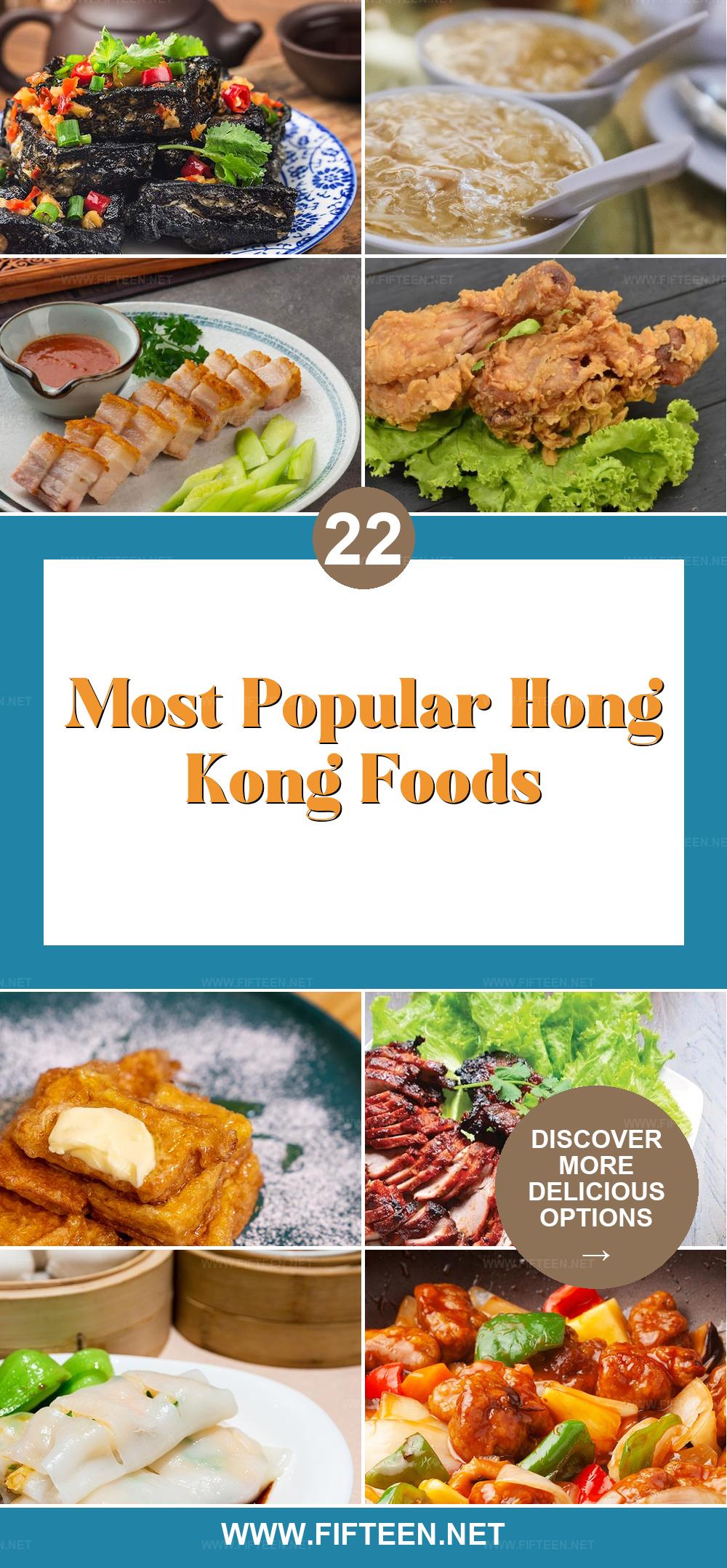
Jamie Scott
Editor in Chief, Senior Content Writer
Expertise
Home Cooking, Meal Planning, Recipe Development, Baking and Pastry, Food Editor, Cooking-video Maker, Western Food Evaluation Expert
Education
Le Cordon Bleu College of Culinary Arts
Local Community College, New York, NY
Jamie Scott is a skilled culinary expert and content creator specializing in Western cuisine. With over 15 years in the culinary field and formal training from Le Cordon Bleu, Paris, Jamie deeply understands how to blend nutrition with delicious flavors. His passion for cooking matches his commitment to making healthy eating accessible and enjoyable.
On Fifteen.net, Jamie brings a fresh perspective to classic dishes and beverages, offering readers insightful recipes, cooking tips, and a fresh view on meal planning that emphasizes taste, health, and simplicity.